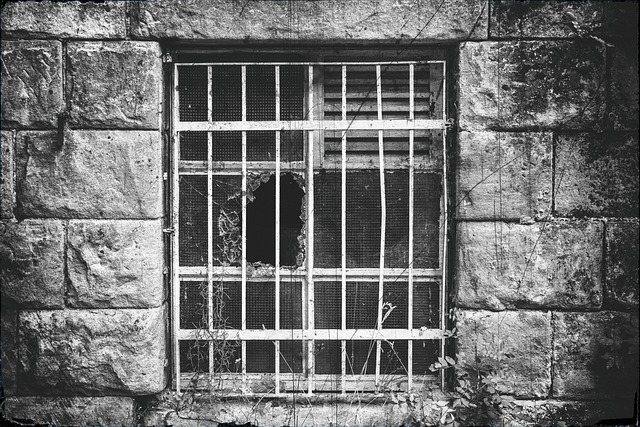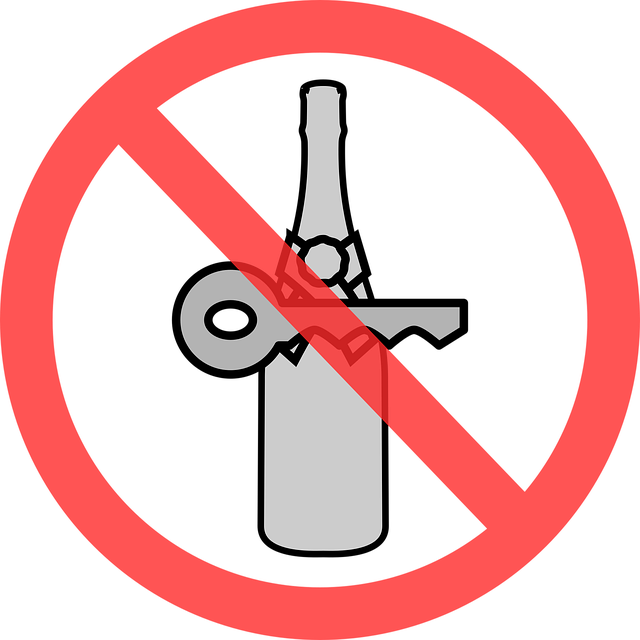Rural and urban areas differ significantly in their approach to DUI laws, particularly regarding vehicle impoundment policies. Rural regions, with lower populations and weaker law enforcement resources, adopt more flexible strategies like community interactions and alternative sentences due to reduced traffic congestion. In contrast, urban centers have stricter impoundment regulations and enforce harsher penalties because of higher crime rates, diverse backgrounds, and robust public transport networks. These disparities stem from demographic and geographical factors, leading to tailored solutions that balance public safety with regional needs. As populations and landscapes evolve, so must DUI legislation, with flexible, context-aware approaches likely to become more prevalent.
In the vast landscape of drunk driving regulations, a significant divide exists between rural and urban areas. This article delves into the intricate web of DUI laws, exploring key differences shaped by geographical factors. From vehicle impoundment procedures to legal penalties and prevention strategies, we dissect how rural and urban settings influence DUI law applications. Understanding these distinctions is crucial for navigating legal consequences and fostering effective public safety measures.
- Understanding DUI Laws: Key Differences Between Rural and Urban Areas
- Vehicle Impoundment: How Does It Vary in Rural vs Urban DUI Cases?
- Legal Consequences: Exploring Penalties for DUI in Different Settings
- Prevention and Enforcement Strategies: What Sets Rural and Urban Regions Apart?
- Case Studies: Real-World Examples of Rural vs Urban DUI Law Application
- The Future of DUI Legislation: Adapting to Changing Landscapes
Understanding DUI Laws: Key Differences Between Rural and Urban Areas

In rural areas, where populations are often sparse and community dynamics tight-knit, DUI laws tend to be less stringent compared to urban centers. This difference is reflective of broader societal norms and enforcement priorities. For instance, while urban police forces may have more resources and a wider range of tools at their disposal, such as advanced sobriety checkpoints, rural departments often rely on proactive enforcement strategies like community interactions and targeted patrols due to limited budgets and less dense traffic patterns.
One notable disparity lies in vehicle impoundment policies. In many rural jurisdictions, officers might have more latitude when it comes to seizing vehicles of those suspected of DUI. This can be attributed to the lower risk of property damage or loss compared to urban areas with heavier traffic congestion. Additionally, rural communities often have unique challenges regarding public transportation alternatives, which might influence sentencing and penalty options for DUI offenses.
Vehicle Impoundment: How Does It Vary in Rural vs Urban DUI Cases?

In rural areas, vehicle impoundment policies often differ significantly from urban regions due to lower crime rates and distinct community dynamics. Local law enforcement agencies in rural settings may have more flexible procedures when it comes to DUI cases. For instance, they might offer alternatives to impounding, such as allowing drivers to perform community service or participating in educational programs related to drunk driving prevention. This approach reflects the smaller, closer-knit communities where social repercussions can be powerful deterrents.
In urban areas, with higher population densities and more diverse socioeconomic backgrounds, vehicle impoundment is typically stricter. Urban DUI laws often mandate impoundment as a standard penalty for driving under the influence to deter repeat offenses and protect public safety. This stringent approach acknowledges the greater potential for traffic congestion and complex urban navigation by individuals who have been arrested for DUI.
Legal Consequences: Exploring Penalties for DUI in Different Settings

In rural areas, DUI laws often come with unique considerations. One significant difference lies in vehicle impoundment policies. With less dense populations and more spread-out communities, law enforcement may have fewer resources to dedicate to impounding vehicles immediately. This can result in longer periods where drivers accused of DUI are allowed to remain on the road, potentially posing increased risks to public safety. As such, rural DUI cases might focus more on immediate field sobriety tests and breathalyzer readings.
In contrast, urban settings typically enforce stricter vehicle impoundment regulations. High population densities mean law enforcement agencies have more resources at their disposal for prompt action. Vehicles of drivers suspected of DUI are often towed or seized immediately to prevent repeat offenses and ensure public safety. Urban DUI laws generally carry harsher penalties, including heavier fines, extended license suspensions, and mandatory participation in addiction treatment programs, reflecting the heightened concern for public welfare in densely populated areas.
Prevention and Enforcement Strategies: What Sets Rural and Urban Regions Apart?

In rural regions, prevention and enforcement strategies for DUI (Driving Under the Influence) often differ significantly from those in urban areas due to distinct demographic and geographical factors. While urban centers typically have well-established and heavily policed routes and public transportation networks, rural communities may face challenges such as sparse populations, longer response times for law enforcement, and fewer alternative travel options. This landscape necessitates tailored approaches. Prevention initiatives in rural settings often focus on community engagement, education programs targeting local businesses, and leveraging technology like mobile apps to promote responsible drinking and provide ride-sharing information.
Enforcement tactics also exhibit variations. Vehicle impoundment laws are stricter in urban areas, with more stringent rules regarding immediate towing and storage of impaired drivers’ vehicles. Rural regions, however, might adopt a more nuanced approach, considering the practical implications on smaller communities and individual circumstances. These differences reflect the need to balance public safety with the unique needs and constraints of each region, leading to varied strategies that aim to deter DUI while addressing regional specificities.
Case Studies: Real-World Examples of Rural vs Urban DUI Law Application

In rural areas, law enforcement often faces unique challenges when dealing with DUI (Driving Under the Influence) cases. For instance, in a small town where everyone knows each other, officers might encounter resistance or hesitancy from witnesses and victims, making it harder to build a strong case. Moreover, remote locations can delay emergency response times, impacting the overall handling of incidents. As a result, rural DUI laws often emphasize community involvement and education to prevent such incidents.
In urban settings, the application of DUI laws is markedly different. High-density populations lead to more frequent incidents, prompting stringent law enforcement measures. Case studies show that cities often have stricter Vehicle Impoundment policies, swiftly removing intoxicated drivers from the road. Urban areas also benefit from advanced technology and surveillance systems that aid in faster identification and apprehension of DUI offenders, ensuring public safety is a top priority.
The Future of DUI Legislation: Adapting to Changing Landscapes

As rural and urban areas continue to evolve, so too must DUI legislation to reflect changing landscapes. In recent years, there’s been a growing recognition of the unique challenges each environment presents when it comes to drunk driving. For instance, remote rural areas may struggle with enforcing strict vehicle impoundment laws due to lower population densities and limited law enforcement resources. On the other hand, urban centers grapple with high traffic volumes and congestion, necessitating stringent measures like immediate vehicle impoundment for DUI offenders to deter repeat offenses and ensure public safety.
The future of DUI legislation will likely involve more flexible and context-aware approaches. This may include tailoring impoundment policies to match the density and infrastructure of specific regions. For rural areas, alternative solutions could focus on education, community involvement, and targeted enforcement while urban areas might continue to rely heavily on swift vehicle impoundment coupled with robust support services for offenders. Such adaptations aim to create a balanced approach that considers both public safety and the unique circumstances of each region.
In conclusion, the disparities in DUI laws between rural and urban areas, particularly regarding vehicle impoundment and penalties, highlight the need for tailored enforcement strategies. Understanding these differences is crucial for ensuring fairness and effectiveness in drunk driving legislation. As landscapes evolve, so must our approach to DUI, with a focus on preventing and mitigating these crimes across diverse settings. By examining real-world case studies and adapting future legislation, we can strive for safer communities, both urban and rural.






